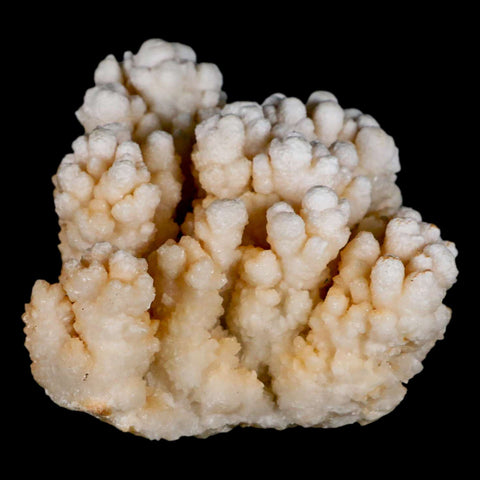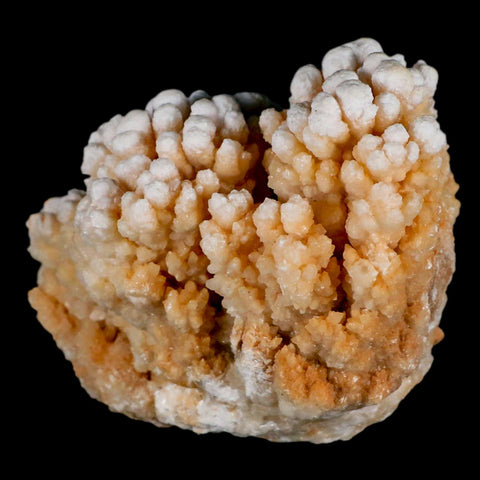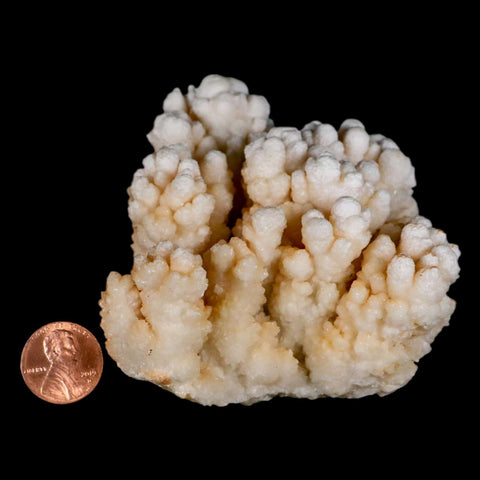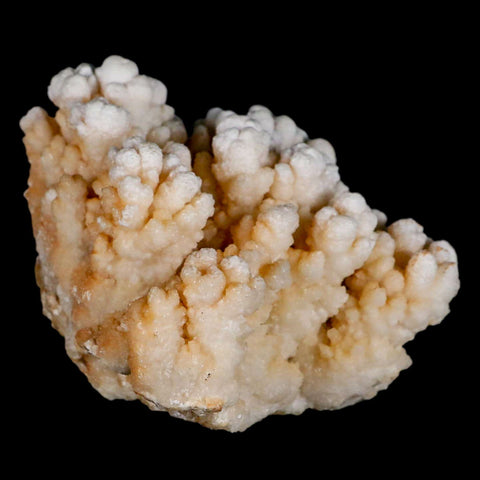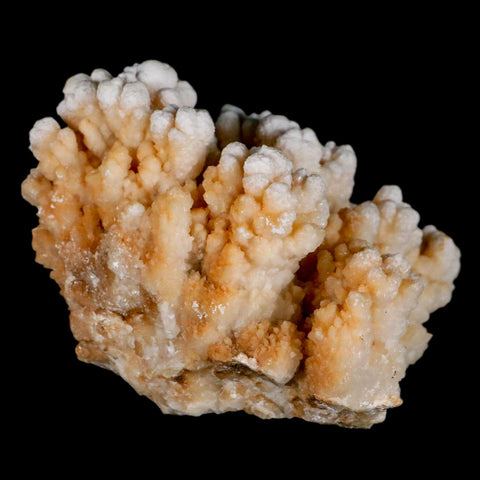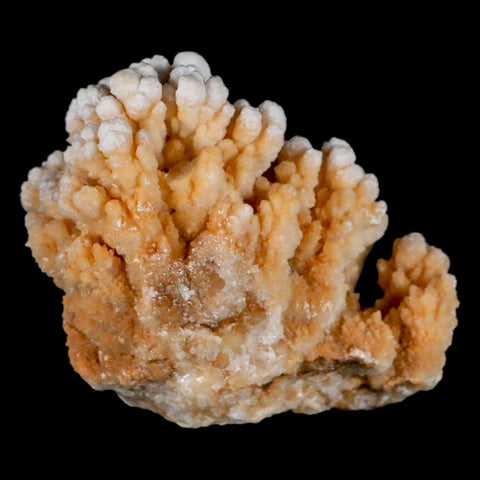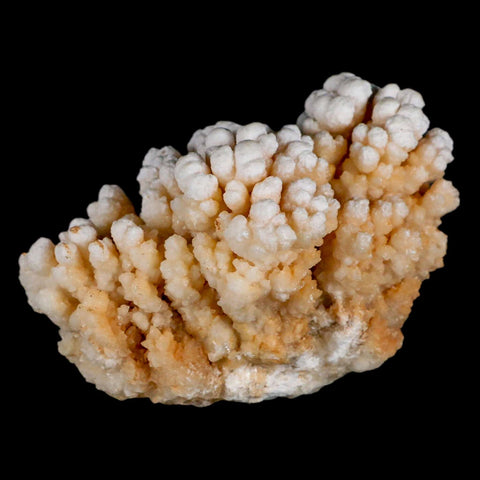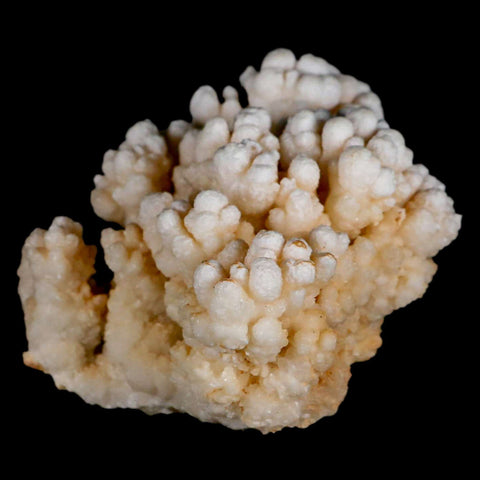4" Botryoidal Aragonite Cave Calcite Crystal Cluster Mineral Specimen Morocco
Location: Morocco
Weight: 14 Ounces
Dimensions: 4 Inches Long, 3.4 Inches Wide, 2.5 Inches Wide
The item pictured is the item you will receive
Aragonite is essential for the survival of many organisms on Earth, as it is the mineral used by most invertebrates to form their shells and hard structures. When you appreciate the vibrant colors of a seashell, you are recognizing the variety of hues Aragonite exhibits and acknowledging how readily it develops on the surface of our planet. This mineral highlights important connections between biology and geology.
Aragonite and calcite are ‘polymorphs’, minerals that have the same chemical composition but slightly different crystal structures. Both minerals can occur together and are so similar to one another that distinguishing between them is seldom important to anyone but a professional geologist. Calcite is more stable and common than Aragonite under the chemistry of our modern seas, but at times in the Earth’s past, Aragonite was the more stable and common form. The two minerals are nearly identical in their physical properties.
Calcite is a mineral composed of calcium carbonate with a hardness rating of 3. It appears in many shapes and colors and is present on every continent. Calcite constitutes the primary component of marble and limestone. Yellow Calcite typically appears in solid masses rather than as distinct crystals, with the finest examples originating from Mexico.
Calcite gets its name from the Greek word “chalix,” meaning lime. It comes in a wide variety of colors, including red, green, orange, yellow, blue, pink, clear, black, and white. It is one of the most common minerals on Earth, making up the basis of limestone and marble. It takes many different forms and is formed in many different geological environments. Some forms fluoresce blue or red under UV light. It has been used to make cement and mortar, and very clear translucent calcite has been used to make gun sights and geological (polarizing) microscopes.


